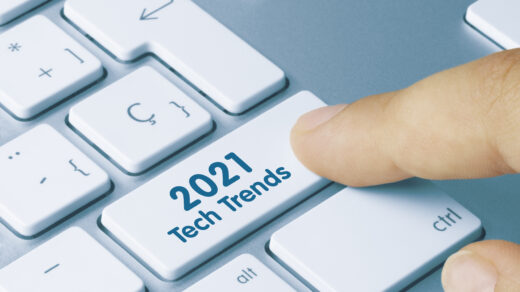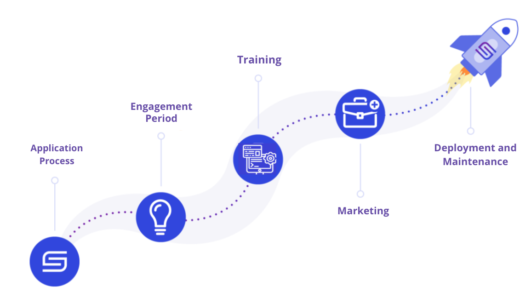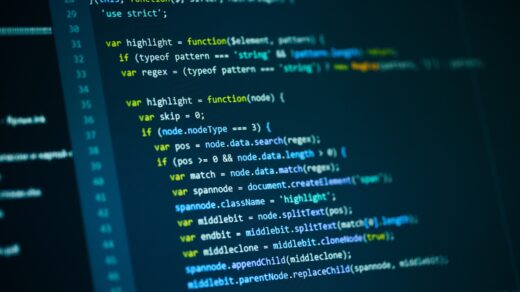
Whether it’s visualizing and managing global supply chains or being able to track the spread of viruses, data science and analytics are changing our world. As tech careers go, it doesn’t get much better than being a data scientist. For the past four years, data scientist was voted the number one job by Glassdoor with an average salary of almost $140,000[1]. Companies are willing to pay a premium for this skill because data can save them billions. In the information age, analytics is the alchemy that turns data into gold.
Career Paths
There are a variety of career paths you can take in data science, and there are plenty of jobs to be had. The bureau of labor statistics ranks it as one of the fastest-growing career areas. Between 2016 and 2026, data science careers are expected to grow 33.8% [2].
Data scientists take troves of raw data, organize it, and translate it so that companies can understand it and leverage it for maximum efficiency and profit. Data scientists are often the first to identify trends. They’re the forward thinkers on the team. They regularly use a variety of programs/languages including R, SAS, Python, SQL and more.
Data analysts, on the other hand, are like historians. They use existing data to run A/B tests, which give companies objective information on which product or process is better, more efficient, or more profitable. Data analysts are the curators on the team and keep the data organized and stored. This is a less technical position, but people in this career should still have a background in the tools the data scientists are using.
Our Robot Helpers
Artificial Intelligence (AI) and machine learning (ML) are deeply integrated with data science and analytics. As technology continues to evolve and expand into new areas of our human experience, companies are creating roles like Enterprise Architect to support business strategy alignment with technology, Applications Architect for support with UX and reach. Infrastructure Architect, to make sure that business systems are up to date and running smoothly.
Seemingly unrelated to technology, librarians are increasingly training as data scientists. Charged with cataloging and preserving the entire canon of humanity’s collective knowledge, libraries are moving their collections online and using databases to keep them safe and well-organized.
Our Medical Future
Data is also playing an increasingly important role in medicine. As we continue to map the human genome, treatments can become more and more personalized. Genetic counselors use gene-editing tools like Clustered Regularly Interspaced Short Palindromic Repeats (CRISPR) to identify the most customized treatment plans. Disease mappers use data to map and track contagious diseases, like COVID-19, and use models to help doctors and healthcare workers stay one step ahead of outbreaks. Data science has also been critical in comparing data from multiple surveillance systems and combining data sets. [3]
What’s Next
One of the things Covid has taught the data science world is that trends can be interrupted. Models need to be revised and new variables need to be considered. Somebody has got to sift through that data and make sense of it. There’s no reason that it might not be you.
For more information on starting a career in data science and analytics, let Smoothstack be your guide. http://smoothstack.com/
[1] https://www.northeastern.edu/graduate/blog/data-science-careers-shaping-our-future/
[2] https://www.discoverdatascience.org/career-information/
[3] https://www.cdc.gov/coronavirus/2019-ncov/php/surveillance-data-analytics.html



